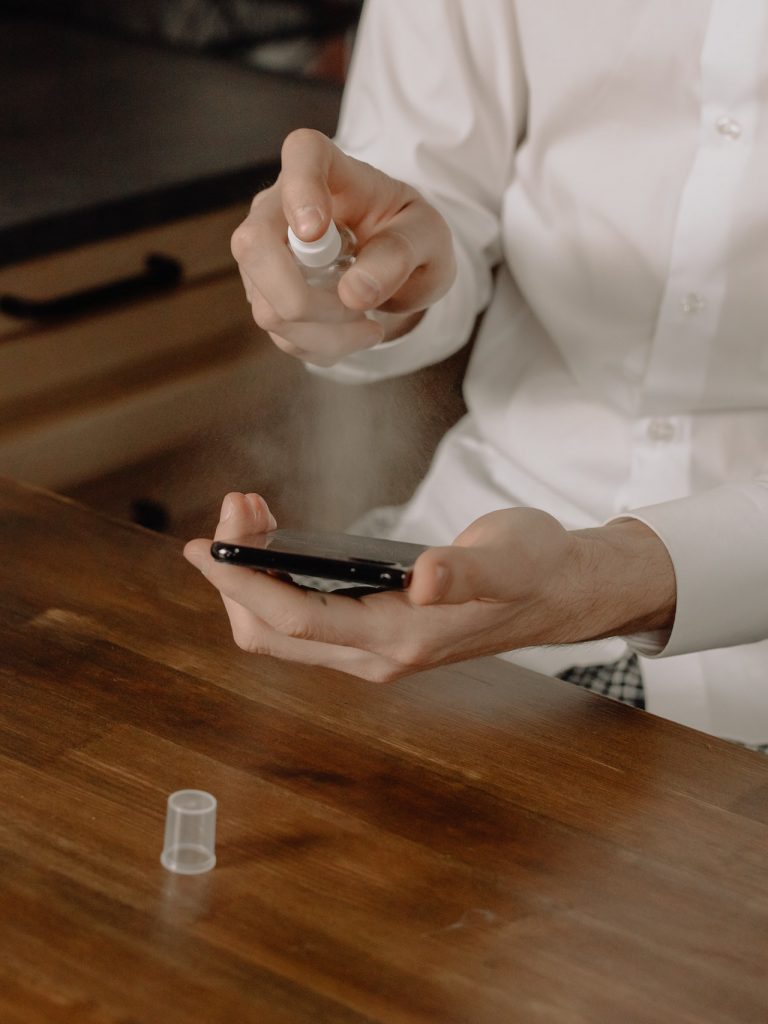What You Should Know About UV Phone Sanitizers
The grumpiness of smartphones is well known. You’ve certainly heard these metaphors before: depending on who you ask, the typical phone is seven to ten times dirtier than most toilet bowls, and one in every six is allegedly tainted with feces. If you check your mobile phone as frequently as the majority of people, which is once every ten minutes, you’re exposed to a big number of bacteria.
Apple, Google, and well-known Android producers like Samsung, LG, Huawei, and Motorola all advise wiping down your phone with a soft, lint-free cloth, a small amount of warm, soapy water, and a drop of rubbing alcohol if it’s starting to smell bad. But just like when cleaning any electronic gadget, utmost caution must be used because any extra moisture that enters a port or crack can do serious harm. You run the danger of removing the screen’s protective coating, making it more susceptible to smudges and fingerprints (take it from someone who destroyed an Xbox controller in shopping mode: It doesn’t take much.)

When you quickly wipe off your phone, keep in mind that you have no manner of learning whether you neglected an area; those poop germs could still be there while you text, speak, and watch videos on social media. There must be a better approach, right?
At least, that is the general premise of ultraviolet (UV) phone sanitizers.
In the medical profession, sanitizing apparatuses that utilize UV light to extinguish illnesses and superbugs have been known for decades, but consumer-friendly transformations are a more contemporary innovation that has become widely used in response to the COVID-19 outbreak. (See also UV sanitizing wands and UV air purifiers.)
A UV phone sanitizer is essentially just a tiny plastic or metal box with a few UV lamps or bulbs inside that light onto your device while it is being disinfected. The convenience of simply popping your phone into the sanitizer’s enclosure, shutting the lid, and waiting for it to work for five to ten minutes is the most obvious benefit, aside from avoiding moisture, odors, and residue.
The electromagnetic radiation known as UV light is typically found in the form of sunshine, but it can also be produced by employing artificial light sources. UV rays come in three main varieties: UV-A rays are the longest wavelengths; UV-B rays are slightly shorter wavelengths that help the skin to make vitamin D3; UV-C rays have the shortest wavelengths for disinfection purposes.

The U.S. Food and Drug Administration also mentions that UV light can break down plastic and polymers, but don’t worry—it would take hours of successive openness to harm your phone significantly.
While UV light itself is quite effective at eradicating and preventing the transmission of some bacteria, such as E. coli and Salmonella, the UV sanitizers available for sale to the general public are somewhat small in comparison to those used in hospitals.
For that reason, it’s also crucial to be aware that while the majority of manufacturers assert that their phone sanitizers are 99.99% efficient against typical bacteria, very few can substantiate these assertions with independent lab testing.
We already know that keeping ourselves free of germs may be accomplished by washing our hands frequently, donning face masks, avoiding crowded places, and being immunized. All of these practices are either totally free or very inexpensive. According to Winkelman, an electronics analyst, UV sanitation should be your “second line of defense” against viruses and germs.
SOURCES:
https://in.mashable.com/tech/28332/everything-you-need-to-know-about-uv-phone-sanitizers













